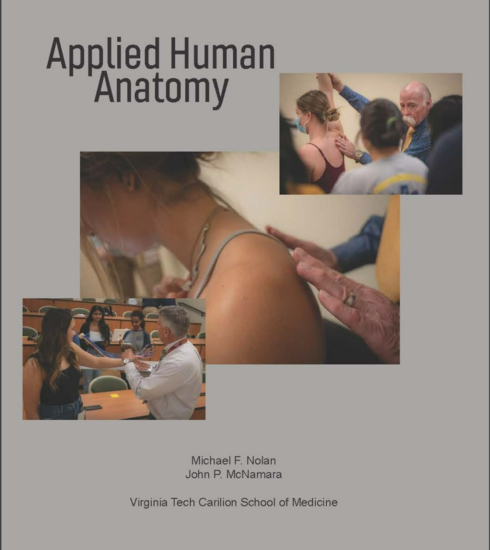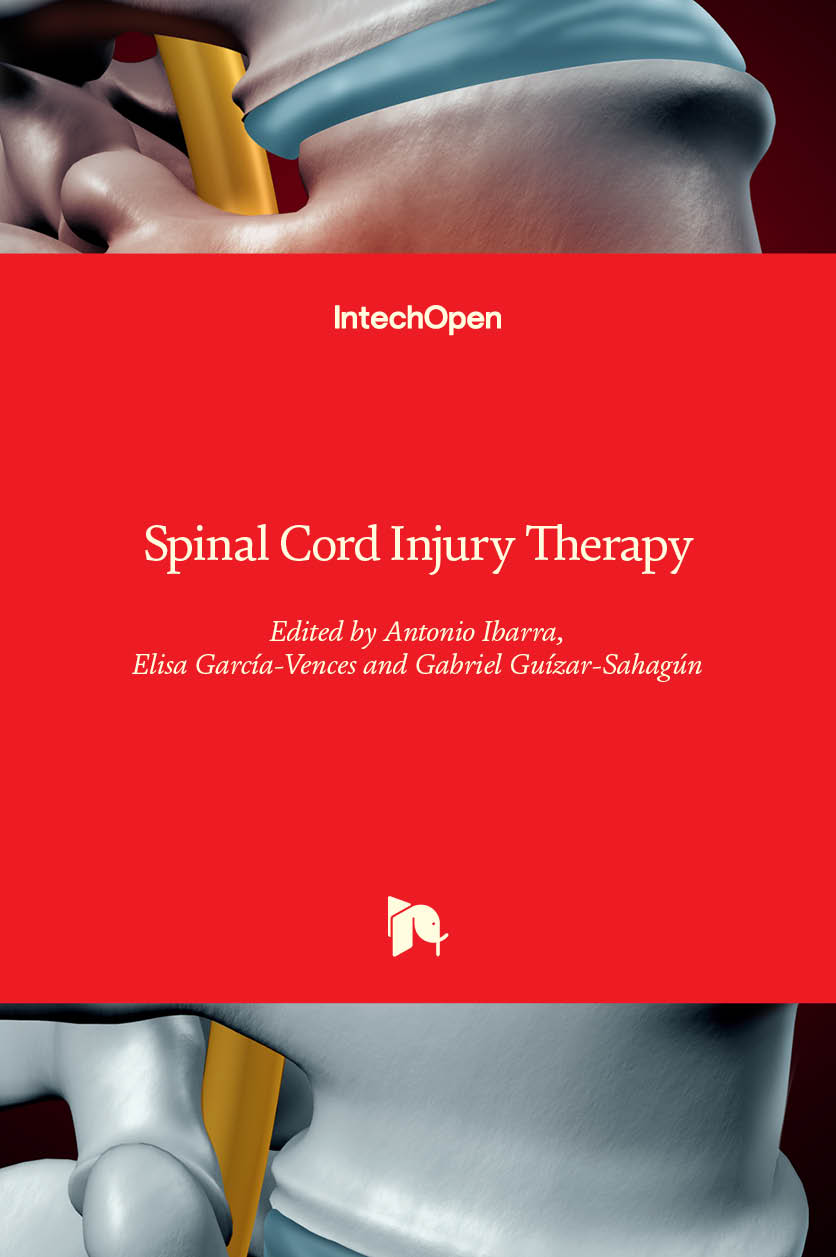 Applied Human Anatomy
by
Nolan, Michael F.; McNamara, John P.
Applied Human Anatomy
by
Nolan, Michael F.; McNamara, John P.
See more materials in eBooks. Search "neuromuscular" in the library catalog.
 An EKG interpretation primer
by
Christianson, Jacqueline author; Nurses International Team editor; NP-C organization author; Maquila Solidarity Network author
An EKG interpretation primer
by
Christianson, Jacqueline author; Nurses International Team editor; NP-C organization author; Maquila Solidarity Network author
 Spinal Cord Injury Current Trends in Acute Management, Function Preservation and Rehabilitation Protocols
by
Ricciardi, Luca (editor) Lofrese, Giorgio (editor) Perna, Andrea (editor) Trungu, Sokol (editor)
Spinal Cord Injury Current Trends in Acute Management, Function Preservation and Rehabilitation Protocols
by
Ricciardi, Luca (editor) Lofrese, Giorgio (editor) Perna, Andrea (editor) Trungu, Sokol (editor)
 Spinal Cord Injury Therapy
by
barra, Antonio (editor) García-Vences, Elisa (editor) Guízar-Sahagún, Gabriel (editor)
Spinal Cord Injury Therapy
by
barra, Antonio (editor) García-Vences, Elisa (editor) Guízar-Sahagún, Gabriel (editor)
